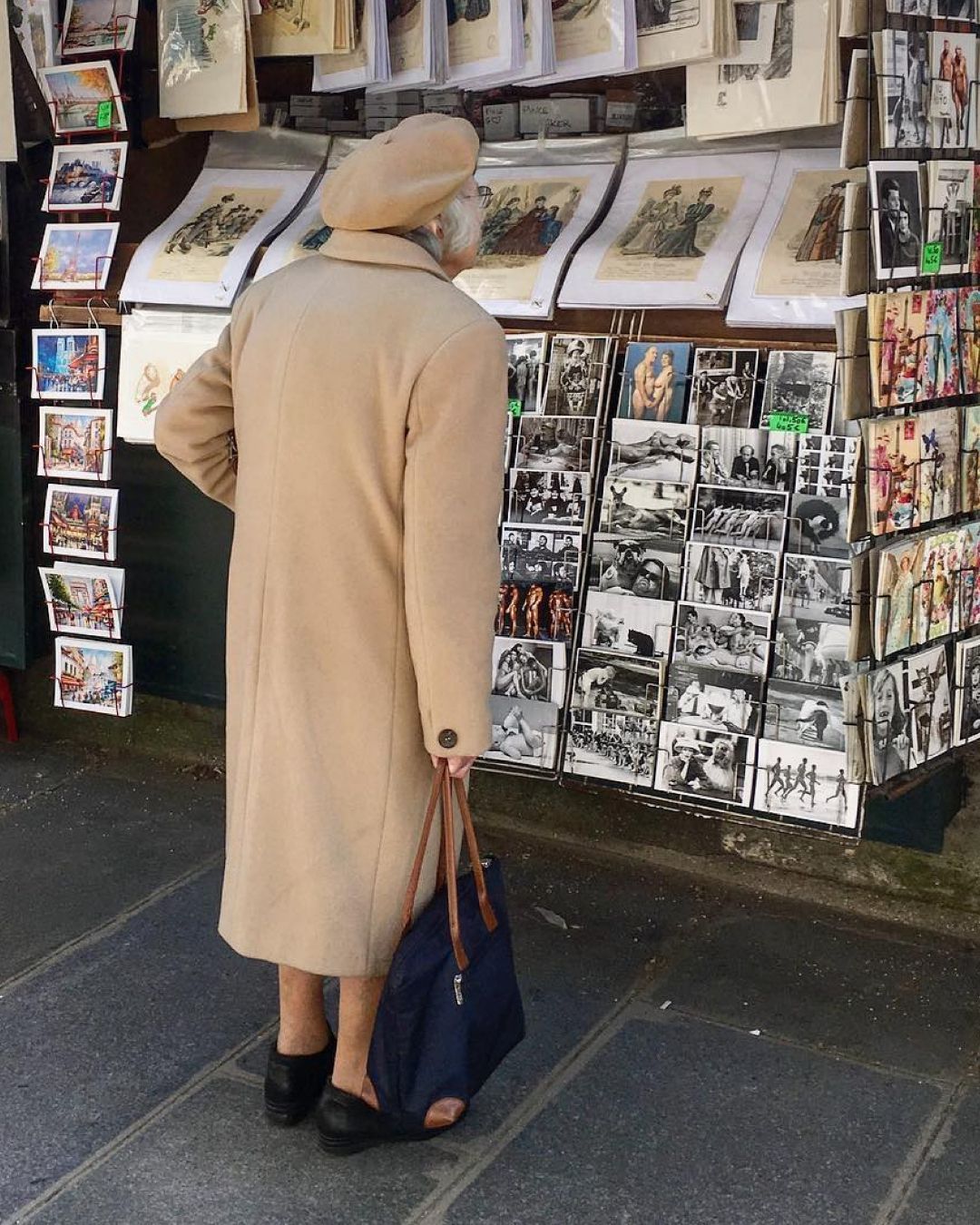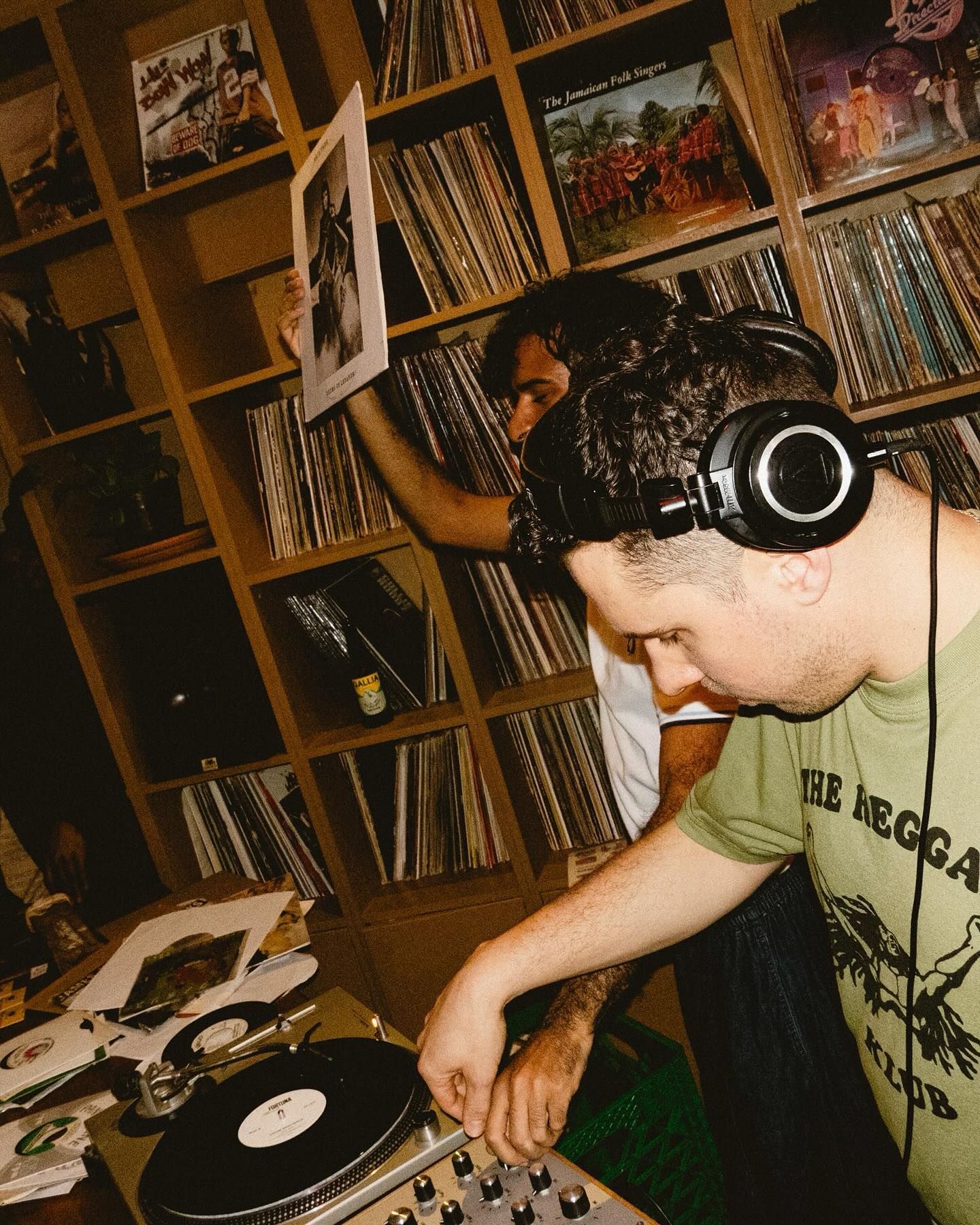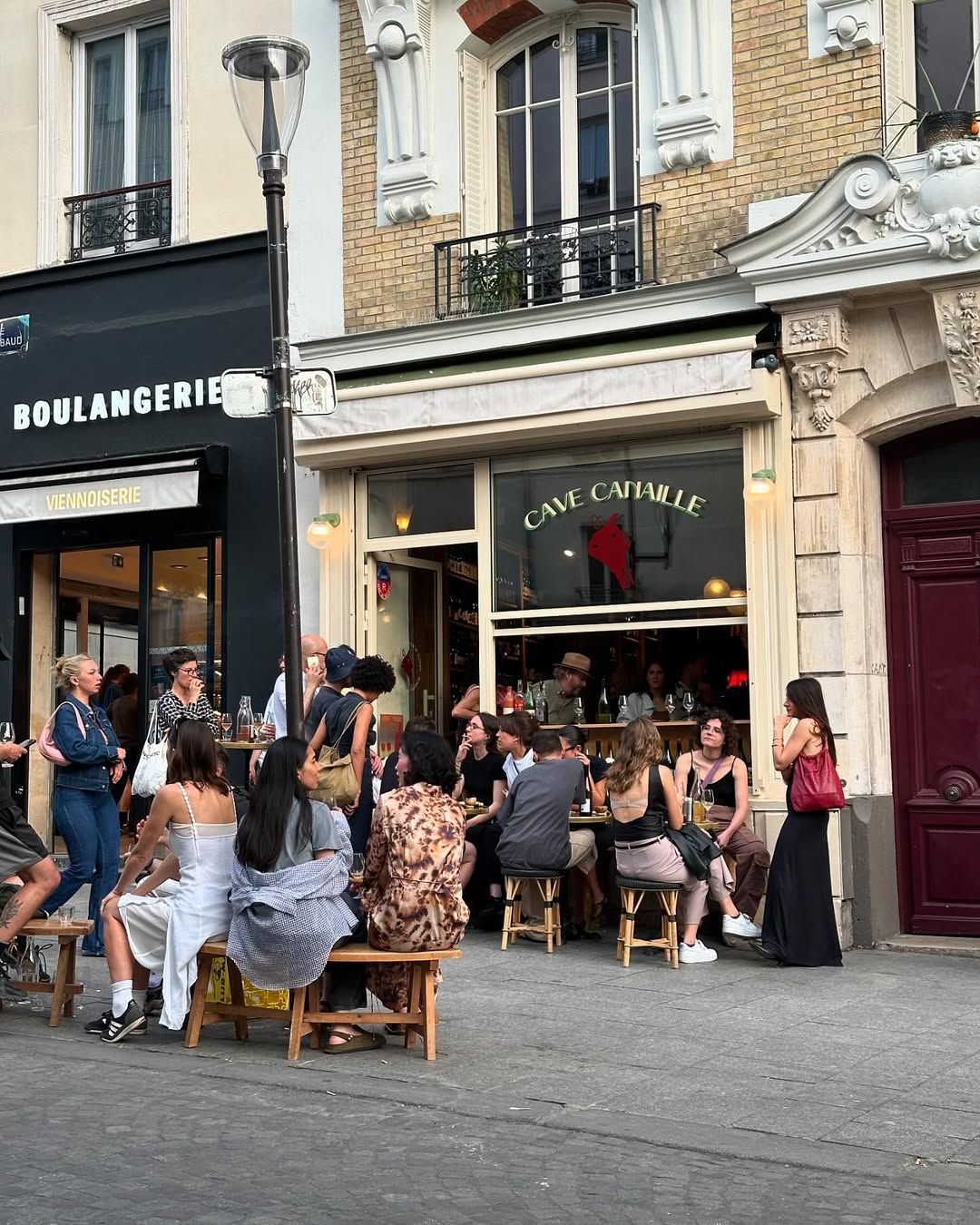
Shortage of booksellers for the quays of Paris The City of Light is looking for the next tenant for its little green boxes
As one of the mythical symbols that contribute to the charm of the City of Light, the banks of the Seine and their legendary tranquility now face a crisis. Of the 200 booksellers managing over 900 stalls along 3 kilometers of the Seine, 16 are vacant and struggle to find new tenants. Indeed, despite their well-established status, the COVID-19 health crisis and the resulting drop in tourism have significantly impacted the booksellers and their businesses. The fact that the booksellers were nearly relocated for the opening ceremony of the Paris Olympics this summer hasn’t helped either. Today, the city and the cultural association of the Paris Booksellers are launching a call for applications, hoping to revitalize this Parisian cultural classic, which may risk falling into obscurity if the situation does not improve.
ALERTE INFO Plusieurs emplacements sur les #quais de #Paris sont libres. Les candidatures pour devenir #bouquinistes sont ouvertes pic.twitter.com/n2n2ovtJA6
— Bouquinistes des Quais de Paris (@boukinistParis) September 24, 2024
It was with the invention of the printing press in 1450 that the booksellers, these small roving merchants, began to occupy the banks of the Seine to sell their books, often second-hand. Spread on the ground or on makeshift tables, all methods were used to display their goods. The Pont Neuf, constructed in 1606, was a particularly favored spot for these booksellers. After numerous conflicts with booksellers fearful of losing their clients and royal authorities, they were eventually granted official permission in 1789, becoming the booksellers we know today. They gained popularity under Napoleon I, who expanded their selling zones, making them a hub for the city’s intellectuals. Over the years, the number of booksellers has continued to grow: in 1892, there were 156, rising to 200 in 1900 during the World’s Fair, and 240 in 1991. In 1930, the length of their stalls was standardized to 8 meters. Today, visitors can browse 3 kilometers of books, both old and new, prints, stamps, and various periodicals, all regulated by the City of Paris.
But if their popularity has grown year after year, now part of French cultural heritage, why are the stalls emptying, and why does no one seem willing to take over? The past few years have been particularly challenging for these vendors, due to the 2020 health crisis, the numerous protests that regularly slow down the capital, and the rise of social media and e-books. “Customers are no longer here. After the gilet jaune protests, strikes, and the COVID crisis, it’s clear that the booksellers have struggled,” one long-standing bookseller explained to BFMTV. Declining clientele also means more vendors leaving, and makes the stalls less appealing for potential newcomers.
Suite de la balade côté rive gauche. Quai de l’hôtel de ville désertique #ZoneGrise #QRCode pic.twitter.com/g4hcW8raZu
— Bouquinistes des Quais de Paris (@boukinistParis) July 22, 2024
Yet, these iconic green stalls hold a special place in the hearts of many readers whose cultural curiosity remains strong, and who still enjoy browsing the boxes and chatting with vendors rather than turning to e-books. Fortunately, this institution has not given up: applications are open until Monday, October 14, 8:00 PM. Interested parties can apply either by email at dae-bouquinistes@paris.fr or by mail to the Directorate of Attractiveness and Employment BEE – booksellers, 8 Rue de Cîteaux, 75012 Paris. The selection committee for bookseller stall applications along the Seine will meet on November 6, 2024, to grant operation permits for a duration of five years. Despite repeated announcements across various channels, few applications have been submitted so far, much to the dismay of Jérôme Callais, president of the Association of Paris Booksellers, who believes that “the timeframe between the commission date and the application deadline is too short”. Hopefully, by October 14, the Seine stalls will find some new tenants who will keep this tranquil corner of Paris alive and picturesque.














































